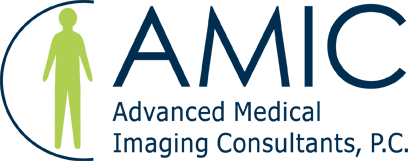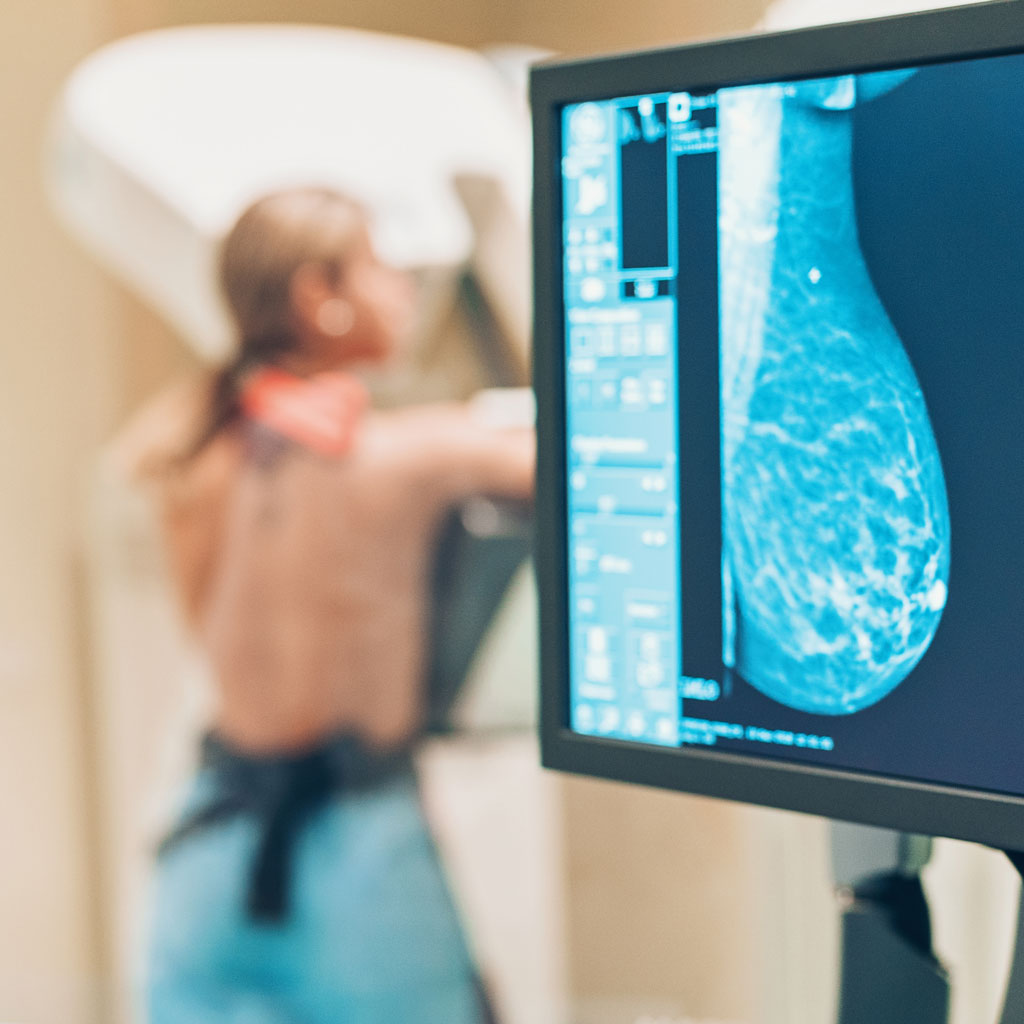Breast cancer is the second most common cancer diagnosed in women. The average U.S. woman has a 1 in 8 risk over her lifetime of being diagnosed with breast cancer and nearly 70% of women diagnosed with breast cancer do not have a family history of the disease.
Mammograms are the most effective way to detect breast cancer early, and there are two main types of mammography: 2D mammography and 3D mammography. While both techniques involve taking X-ray images of the breast, there are some key differences between the two.
Digital mammography uses a computer to convert X-ray scans into digital images that can be stored on a computer screen. This technique produces a flat, 2D image of the breast. Digital mammography is widely used and is considered the standard for breast cancer screenings.
3D mammography, also known as tomosynthesis, takes multiple images of the breast from different angles and creates a 3D image of the breast tissue. This technique allows doctors to examine the breast in much greater detail, making it easier to detect small tumors or abnormalities. 3D mammography is particularly useful for women with dense breast tissue, and according to the American Cancer Society, up to 43% of women have dense breasts.Advanced Medical Imaging Consultants partners offer both 2D mammography and 3D mammography at several locations.

